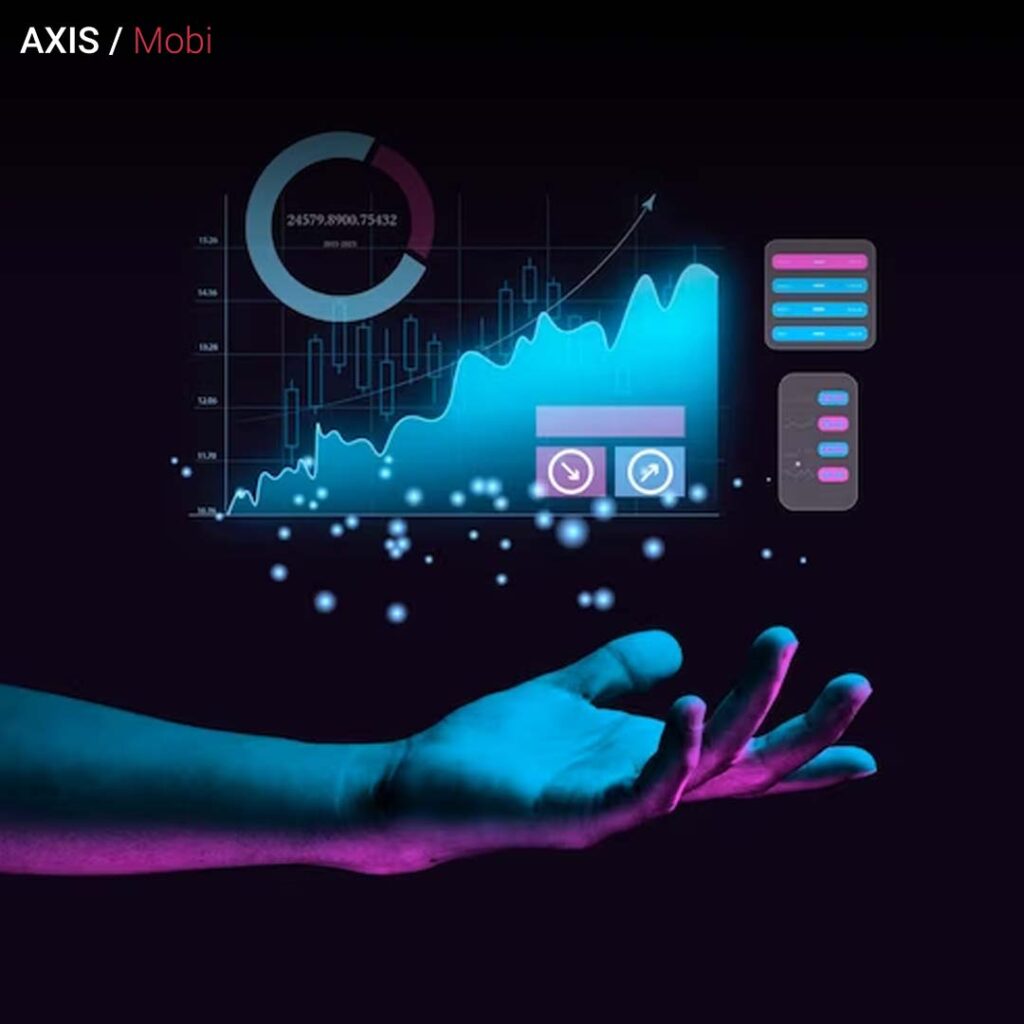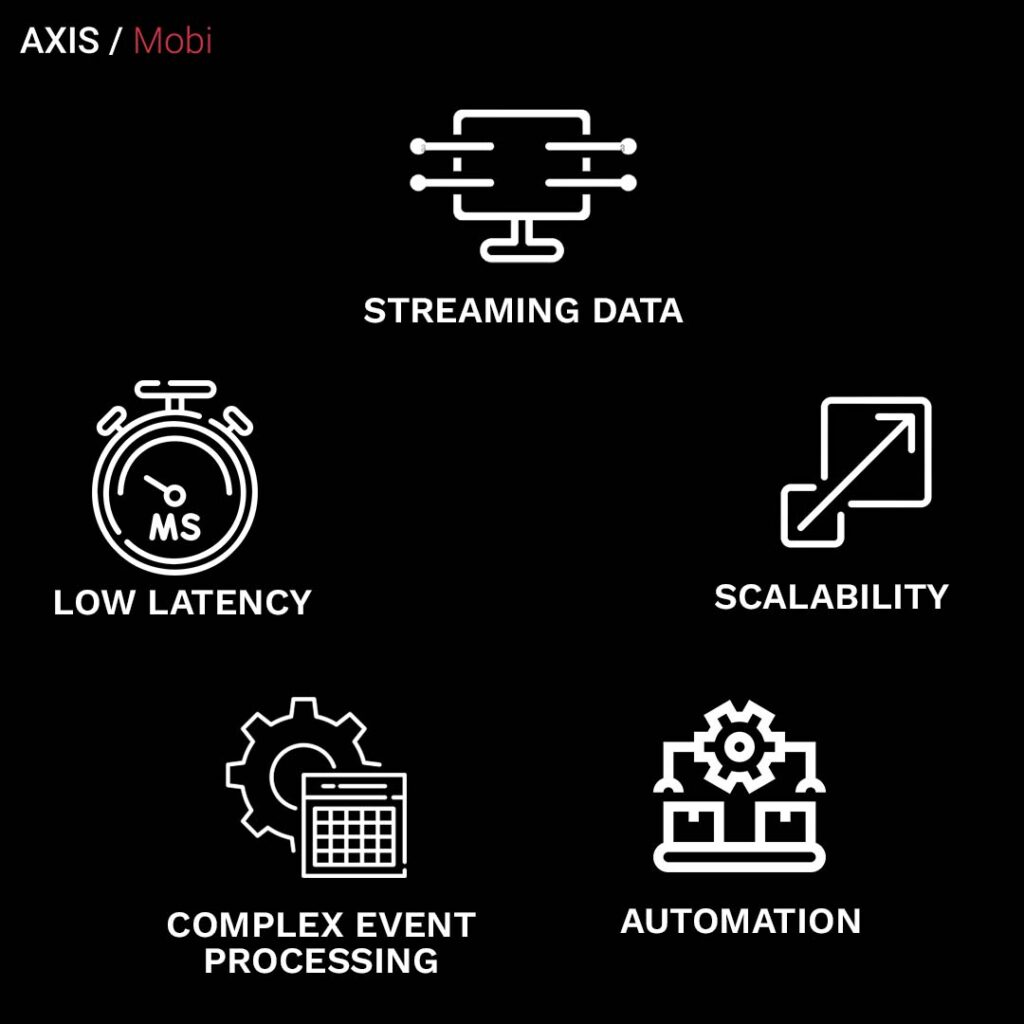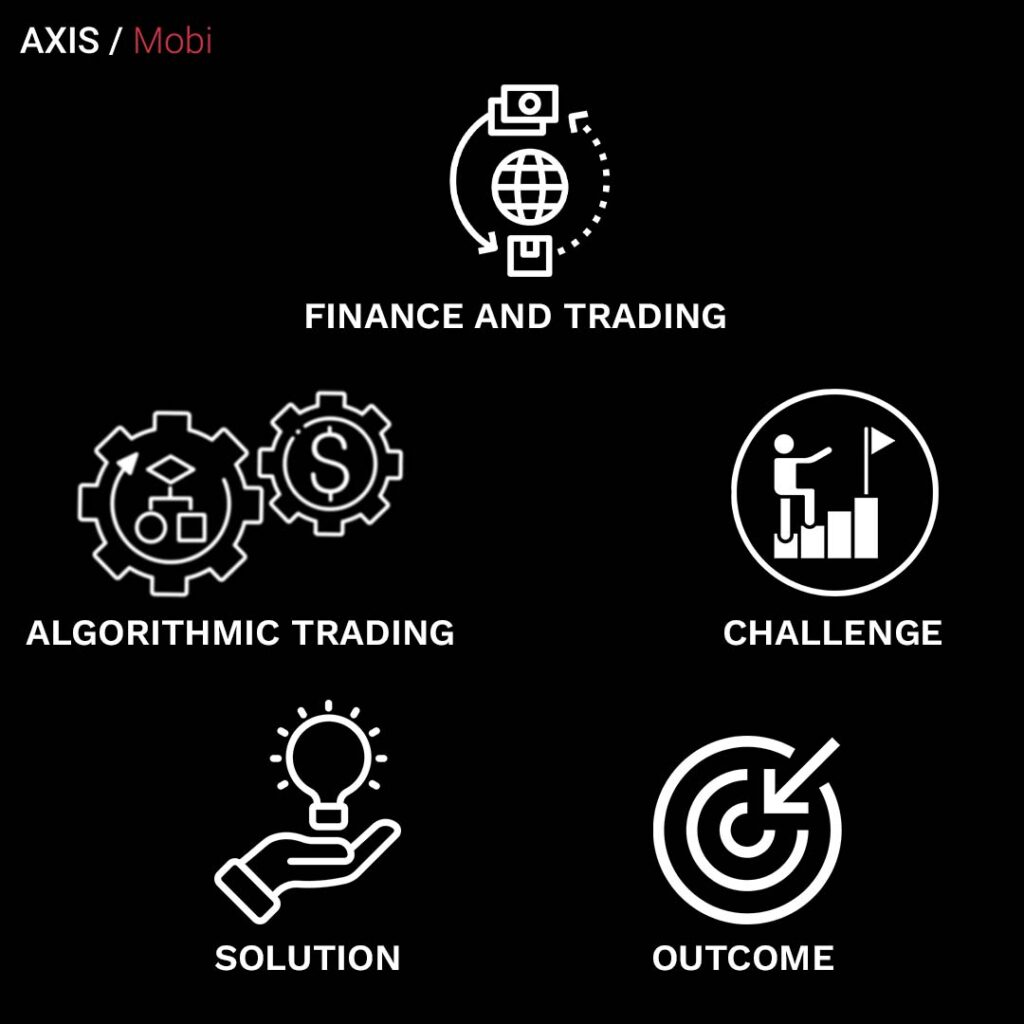In the fast-paced digital landscape of today, the ability to extract actionable insights from vast and rapidly changing data streams is paramount. Real-time Big Data Analytics is the answer to this need, revolutionizing the way organizations make decisions, optimize operations, and gain a competitive edge. In this comprehensive guide, we will delve into the world of real-time Big Data Analytics, its technologies, challenges, and a multitude of applications that span across various industries.
Understanding Real-Time Big Data Analytics

Real-time Big Data Analytics is a fusion of two powerful concepts: real-time data processing and Big Data Analytics. It involves the continuous analysis of streaming data to extract valuable insights in near-real-time. This process enables organizations to react swiftly to changing conditions, make informed decisions on the fly, and automate actions as needed.
Key Characteristics of Real-Time Big Data Analytics:

- Streaming Data: It deals with data that is generated continuously, such as social media updates, sensor readings, transaction data, and more.
- Low Latency: Real-time analytics processes data with minimal delay, often in milliseconds or seconds.
- Scalability: The ability to handle and analyze vast amounts of data is essential, making use of distributed computing frameworks.
- Complex Event Processing (CEP): CEP engines identify and act upon complex patterns or sequences of events in real-time data streams.
- Automation: Real-time insights can trigger automated actions or alerts, enhancing operational efficiency.
Now, let’s explore the fascinating world of real-time Big Data Analytics applications across various industries.
1. Finance and Trading
Algorithmic Trading

Challenge: Financial markets move swiftly, and traders require real-time data analysis to identify trading opportunities and execute orders.
Solution: Real-time Big Data Analytics processes streaming market data, identifies trading signals, and executes buy or sell orders automatically.
Outcome: Investment firms utilizing algorithmic trading benefit from faster and more accurate trading decisions. High-frequency trading (HFT) firms, for example, rely on real-time analytics to gain a competitive edge.
2. Healthcare
Patient Monitoring
Challenge: Continuous monitoring of patients in healthcare settings generates vast amounts of data that need real-time analysis to detect anomalies or critical events.
Solution: Real-time Big Data Analytics processes patient data, such as vital signs, ECG readings, and patient history, to detect irregularities and send alerts to healthcare providers.
Outcome: Healthcare providers can provide timely interventions and improve patient care. Systems like the Medical Information Bus (MIB) enable real-time monitoring in hospitals.
3. E-commerce
Personalized Recommendations
Challenge: E-commerce platforms aim to enhance user experience by providing personalized product recommendations in real-time.
Solution: Real-time Big Data Analytics analyzes user behavior, preferences, and browsing history to offer tailored product recommendations during the user’s shopping session.
Outcome: E-commerce giants like Amazon attribute a significant portion of their revenue to personalized recommendations, increasing customer engagement and sales.
4. Manufacturing
Predictive Maintenance
Challenge: Downtime due to unexpected machinery failures can be costly for manufacturers.
Solution: Real-time Big Data Analytics processes data from sensors on machines to predict when maintenance is needed, reducing downtime and maintenance costs.
Outcome: Predictive maintenance helps manufacturers avoid costly breakdowns and optimize their production schedules. General Electric’s Predix platform is an example of real-time predictive maintenance in action.
5. Transportation and Logistics
Fleet Management
Challenge: Logistics companies need to optimize routes, monitor vehicle conditions, and ensure on-time deliveries.
Solution: Real-time Big Data Analytics processes data from GPS trackers, weather forecasts, traffic data, and vehicle sensors to optimize routes and predict maintenance needs.
Outcome: Transportation companies achieve cost savings through fuel efficiency and on-time deliveries. Uber Freight uses real-time analytics to match truck drivers with loads in real-time.
6. Energy
Smart Grids
Challenge: Energy providers aim to optimize energy distribution, reduce wastage, and respond to fluctuations in demand.
Solution: Real-time Big Data Analytics analyzes data from smart meters, grid sensors, and weather forecasts to optimize energy distribution and respond to demand in real-time.
Outcome: Smart grids reduce energy wastage and improve grid reliability. Companies like PG&E use real-time analytics for grid optimization.
7. Internet of Things (IoT)
IoT Analytics
Challenge: The proliferation of IoT devices generates massive amounts of data that require real-time processing to extract meaningful insights.
Solution: Real-time Big Data Analytics collects and processes data from IoT sensors and devices to monitor conditions, detect anomalies, and trigger automated actions.
Outcome: IoT analytics enables real-time monitoring and control of connected devices and systems. Smart cities, for example, use IoT analytics for traffic management and waste collection.
8. Telecommunications
Network Monitoring
Challenge: Telecommunication companies must monitor network performance and detect anomalies to ensure quality of service.
Solution: Real-time Big Data Analytics processes network data, including call records, signaling data, and network performance metrics, to identify issues and optimize network performance.
Outcome: Telecommunication providers use real-time analytics to improve network reliability, reduce downtime, and enhance customer satisfaction.
9. Gaming
Player Behavior Analysis
Challenge: Online gaming platforms aim to enhance player engagement and retention by understanding player behavior.
Solution: Real-time Big Data Analytics analyzes player interactions, in-game data, and social interactions to identify trends and personalize gaming experiences in real-time.
Outcome: Gaming companies utilize real-time analytics to keep players engaged and improve monetization strategies. Online gaming platforms like Steam and Xbox Live employ real-time analytics for player behavior analysis.
10. Marketing and Advertising
Real-Time Ad Targeting
Challenge: Advertisers seek to deliver highly targeted and relevant ads to users in real-time.
Solution: Real-time Big Data Analytics analyzes user behavior, browsing history, and demographic data to deliver personalized ads in real-time.
Outcome: Advertisers achieve higher conversion rates and improved return on investment (ROI). Real-time bidding (RTB) platforms use real-time analytics for ad targeting.
Challenges in Real-Time Big Data Analytics
While the benefits of real-time Big Data Analytics are immense, several challenges must be addressed to harness its full potential:
- Data Velocity: Managing and processing high-speed data streams can be challenging.
- Data Quality: Ensuring the accuracy and reliability of real-time data is crucial.
- Scalability: Real-time analytics systems must scale to handle increasing data volumes.
- Security: Protecting sensitive real-time data from breaches and cyberattacks is essential.
- Complex Event Processing: Building and maintaining complex event processing engines can be resource-intensive.
Conclusion
Real-time Big Data Analytics is not merely a technological advancement; it’s a game-changer for organizations across industries. The ability to analyze streaming data in real-time empowers businesses to make informed decisions, optimize operations, and respond swiftly to changing conditions. From finance and healthcare to e-commerce and manufacturing, real-time analytics has revolutionized the way industries operate and serve their customers.
As technology continues to evolve, real-time Big Data Analytics will play an increasingly vital role in shaping the future of business and society. Organizations that embrace this paradigm shift will not only gain a competitive edge but also unlock new opportunities for innovation and growth in our data-driven world.




